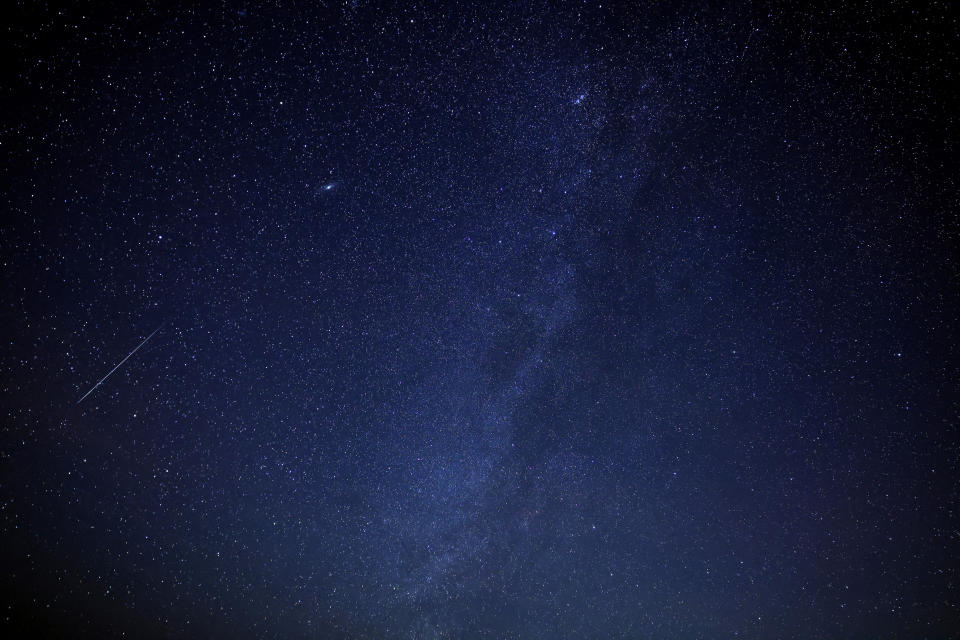Here Are 14 Photos Of This Week's Rare Meteor Shower, And You Might Be Able To Still See It
1.On Wednesday night, the Geminids meteor shower was positively visible in the sky.

The Geminids meteor show as seen in Lanoka Harbor, New Jersey
2.This specific meteor shower is an annual celestial event that occurs in late November and mid-December.
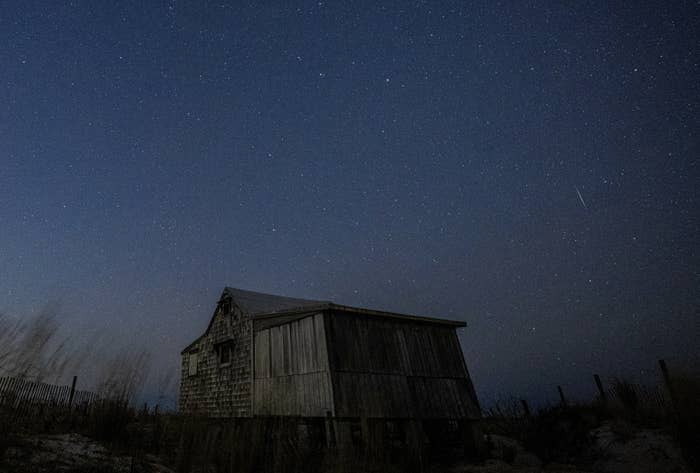
3.The meteor shower's name is a reference to its radiant point, aka where in the sky the meteors can be found.

The Geminids meteor showers as seen in Ratnapura, Sri Lanka
4.So for the Geminids meteor show, the meteors appear to be coming from the Gemini constellation.
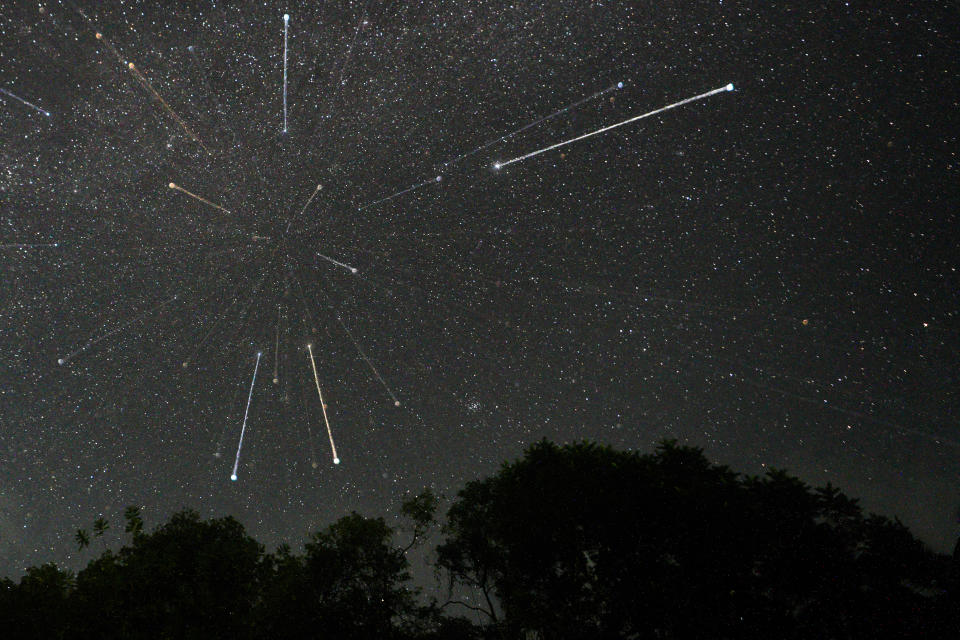
5.But don't mistake the constellation as the meteors' source. It just serves the purpose of identifying which meteor shower you're viewing.
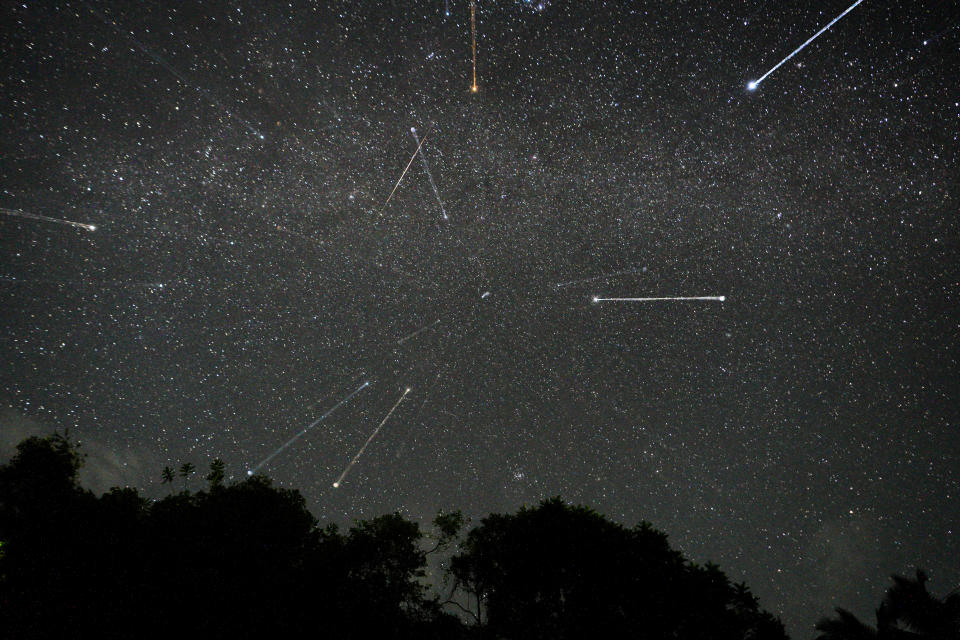
6.What makes the Geminids stand out among other meteor showers is that Geminids don't seem to be the debris of comets, as most other meteors are.
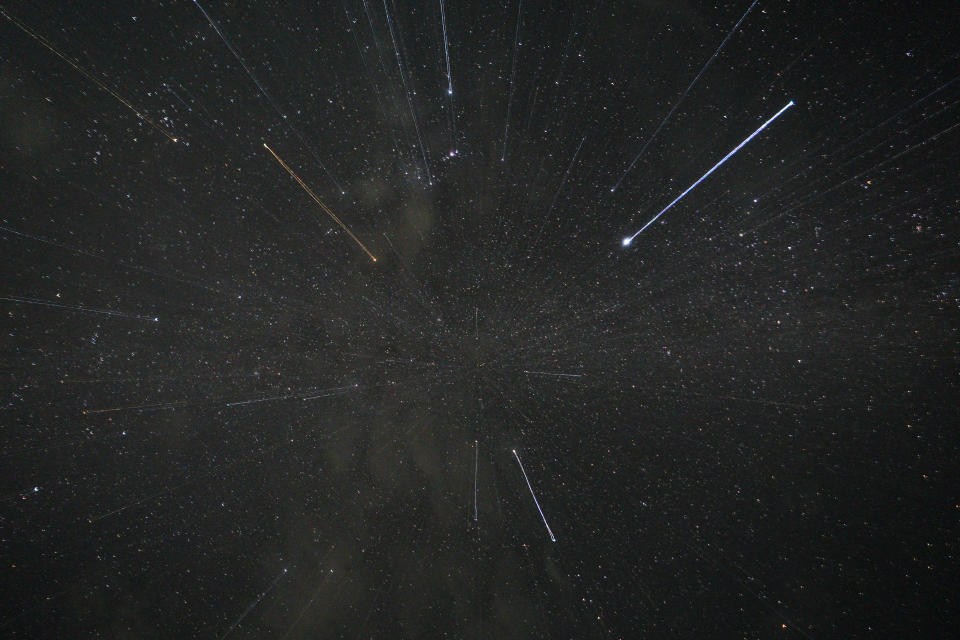
7.This matters because comets consist of dust and ice.
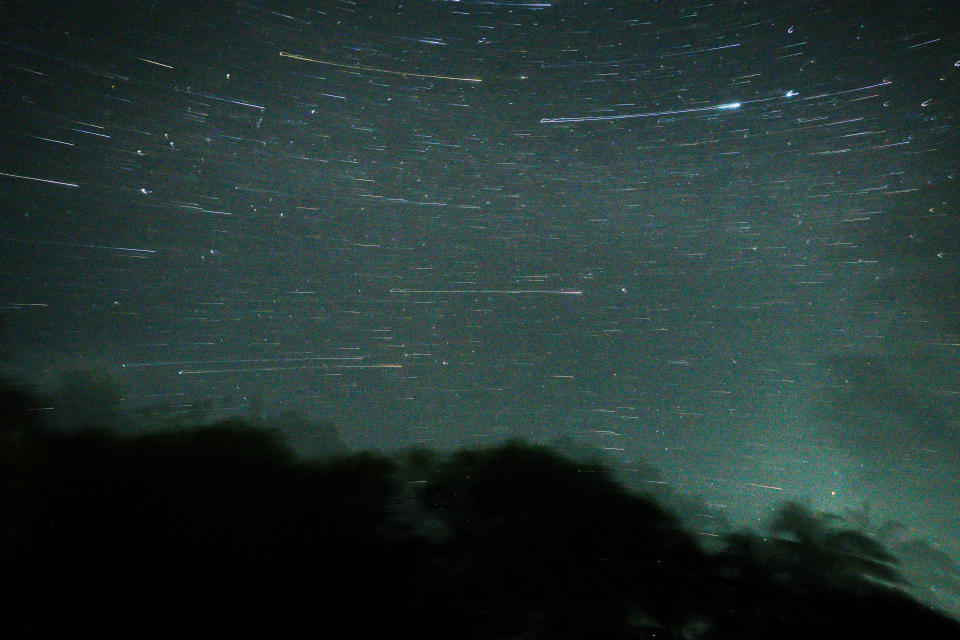
8.According to NASA, scientists believe that the Geminids originated from an asteroid, meaning that they're likely primarily made of rock and not ice and dust.
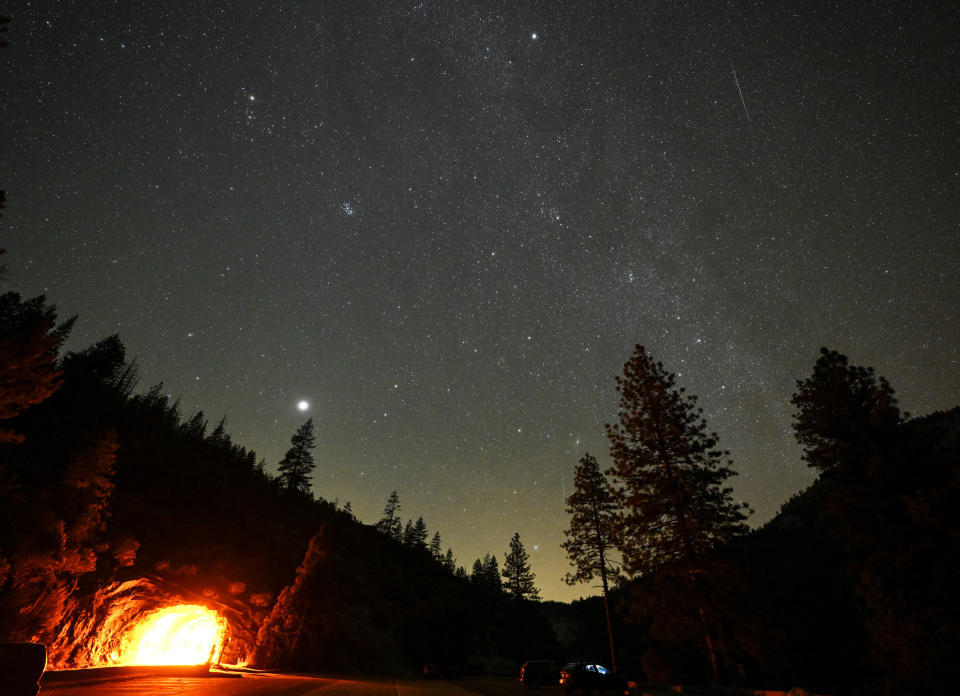
The Geminids meteor shower as seen from the Tunnel View of Yosemite National Park in California
9.The specific asteroid the Geminids may have come from is named 3200 Phaethon.
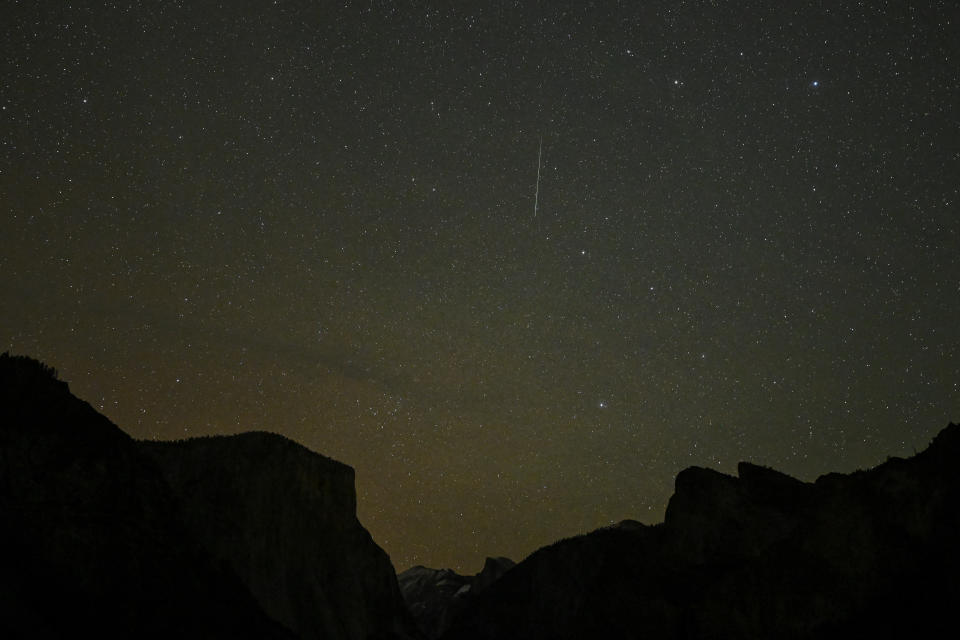
10.All this matters, in part, because it may affect what you see in the sky. Specifically, most meteors appear as white streaks in the sky. However, as space scientist Maggie Aderin-Pocock told the BBC this week about the Geminids, "Quite a few of these shooting stars will be colored because of the difference in elements within the particles."
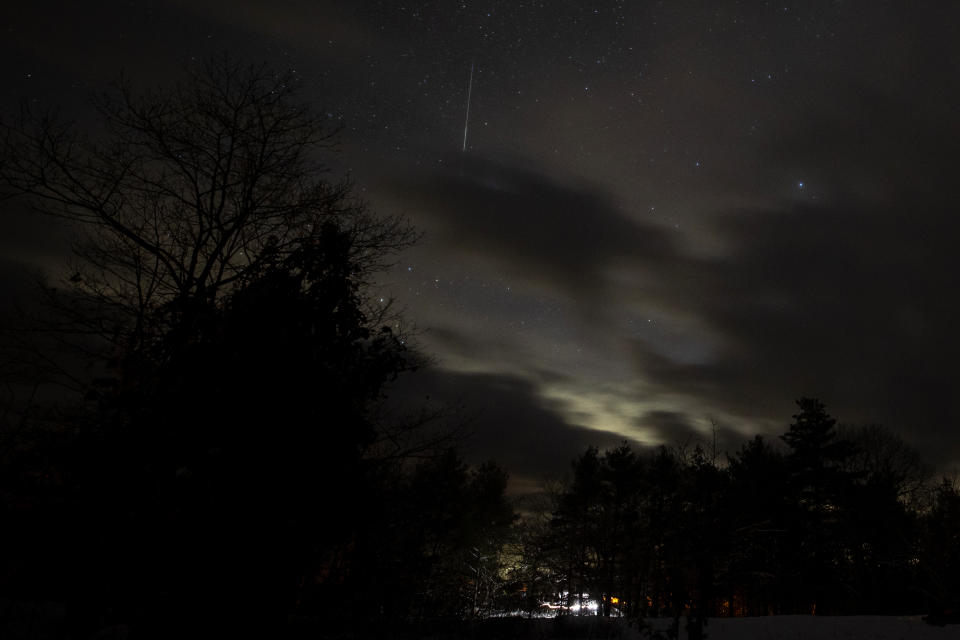
The Geminids meteor shower as seen in Muskoka, Ontario.
11.Sounds pretty cool, right? Well, if you didn't catch the Geminids meteor shower on Wednesday, don't worry. According to NASA, its visibility began around Nov. 19 and is expected to last through Dec. 24, though its peak visibility was Dec. 14.

12.In fact, here are a few more photos from the meteor shower.
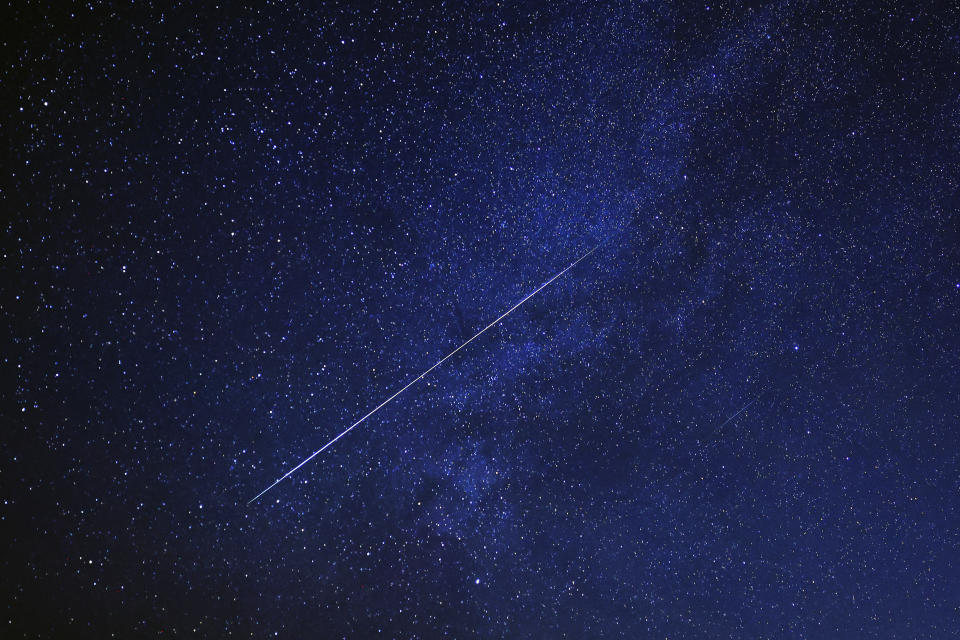
13.As seen on early Friday morning north of Kuwait City.
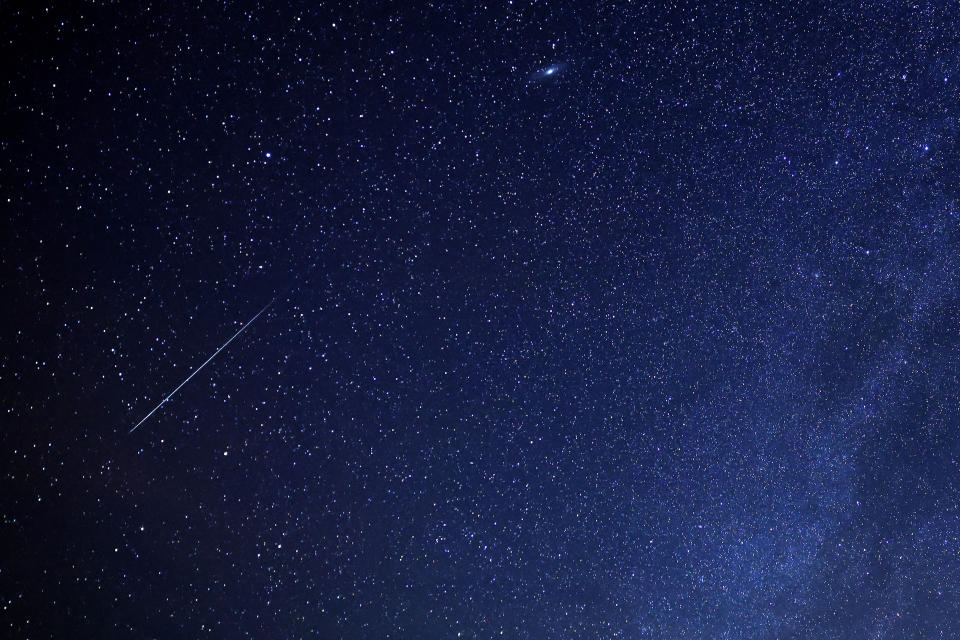
14.Breathtaking!
